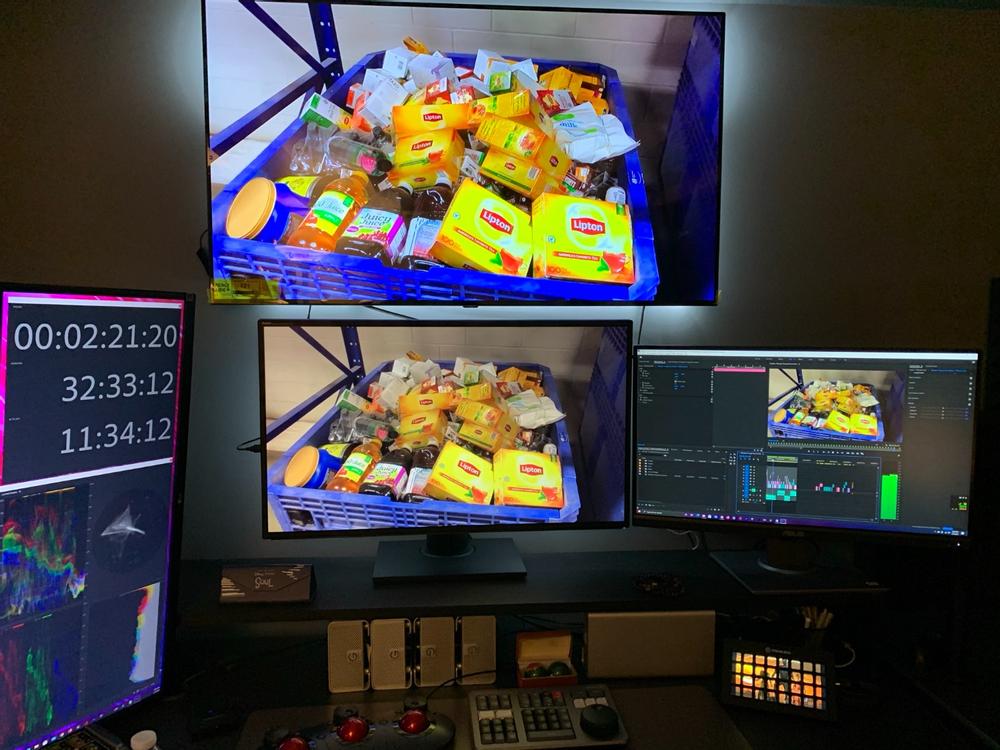Industry Standard Bias Lighting
Industry Standard Bias Lighting
MediaLight & LX1 Length Calculator
Please select the appropriate options below to determine the correct size bias lighting for your displays
What is the aspect ratio of the display?
What is the size of the display (This is the length of its diagonal measurement)
inches
Do you want to place the lights on 3 or 4 sides of the display (Read our recommendation on this page MediaLight & LX1 Length Calculator if you are having trouble deciding).
This is the actual length that is required:
You should round up to this size bias light (you can round down at your discretion if the actual and rounded measurements are very close. It is usually better to have more than too little):

Installing accurate bias lighting in your home theatre doesn't have have to be a challenge, but it often is. Aside from fluorescent tubes, which have been a mainstay for years, there have been few options that offered true CIE standard illuminant D65 accuracy.
There are tons of LED-based solutions on the market, but they had a reputation of not performing as well as fluorescents, and were often cited as being blue or green in color. This got us thinking. We'd noticed massive improvements in the performance of LED's and, in fact, color judging booth manufacturers such as Just Normlicht were starting to offer LED-based solutions, so we knew there was a way to get it right, it's just that nobody was doing it.
Bias Lighting: How it works
Before we can explain why accurate bias lighting is important, we should explain a bit about what bias lighting is. Most of us watch TV's in pitch black rooms, or in a brightly lit environment. Neither one of these is ideal.
In a pitch black room with nothing but the tv as a source of light, your pupils will dilate and constrict with the constant changing between dark and light scenes. This can cause eye strain and lead to headache and fatigue.
On the other hand, if you watch TV in a brightly lit room, you are introducing glare and other environment factors that negatively impact the contrast and color perception of what you see on screen.
So, if dark is out of the question, and a brightly lit room is problematic, what's the right way to light a home theatre? Light the area immediately behind the TV. This is commonly known as 'Bias lighting'. This isn't some smoke and mirrors either. All major studios use some form of bias lighting. Imaging scientists such as Joe Kane helped to popularise it when he headed the SMPTE working group on the subject.
Preventing eyestrain isn’t the only benefit that accurate bias lighting can achieve. You will have....